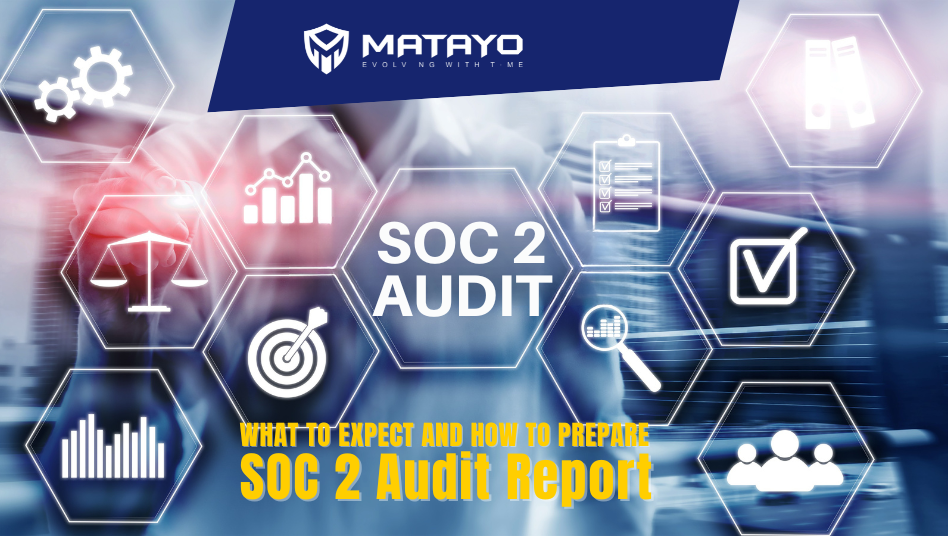SOC 2 (Service Organization Control 2) audits are essential for Canadian organizations aiming to demonstrate their commitment to security, availability, processing integrity, confidentiality, and privacy. These audits are especially critical for service providers handling sensitive client data. Here’s a detailed guide on what to expect and how to prepare for a SOC 2 audit in Canada.
What to Expect in a SOC 2 Audit
Understanding the Trust Service Criteria (TSC):
SOC 2 audits are based on the TSC outlined by the American Institute of Certified Public Accountants (AICPA). The five TSC categories are:
- Security: Protection against unauthorized access.
- Availability: Ensuring systems are available for operation as agreed.
- Processing Integrity: Ensuring system processing is complete, valid, and accurate.
- Confidentiality: Protection of sensitive information.
- Privacy: Management of personal information in compliance with privacy principles.
Organizations in Canada often prioritize Security, Availability, and Confidentiality, though the choice depends on client requirements and industry standards.
Types of SOC 2 Reports:
Type 1: Focuses on the design of controls at a specific point in time.
Type 2: Evaluates the operating effectiveness of controls over a defined period, typically six months to a year.
Most organizations seeking long-term assurance opt for Type 2 reports as they provide a comprehensive evaluation.
Engagement with Auditors:
A SOC 2 audit involves collaboration with certified public accountants or firms specializing in SOC 2 assessments. They will:
- Conduct readiness assessments.
- Evaluate the design and implementation of controls.
- Test the effectiveness of controls (for Type 2 audits).
Documentation and Evidence Collection:
Auditors require extensive documentation, such as policies, procedures, access logs, incident reports, and risk assessments. The depth of documentation depends on the scope of the audit and the selected TSC categories.
Audit Timeline:
A readiness assessment can take 4-6 weeks.
Type 1 audits typically take 2-3 months.
Type 2 audits require an additional operational period (e.g., 6 months), followed by 1-2 months of testing and reporting.

How to Prepare for a SOC 2 Audit
- Conduct a Readiness Assessment: Identify gaps in your current processes and systems by comparing them against SOC 2 requirements.
- Establish Policies and Procedures
Policies should be aligned with industry standards and the TSC categories you aim to meet.
- Implement Technical Controls: Secure your IT infrastructure with robust controls, Employee Training: Educate staff on SOC 2 requirements, emphasizing their role in maintaining compliance.
- Engage a consultant: At Matayo, we offer tailor-made approach for each business domain operating both in Canada and USA. Our expertise can help you navigate the complexities of the process and avoid common pitfalls.
Challenges and Considerations
- Evolving Regulatory Landscape: In Canada, organizations should also consider compliance with local privacy laws, such as the Personal Information Protection and Antibribery,
- Client Expectations: Many Canadian businesses pursue SOC 2 compliance to meet contractual obligations with clients, especially in sectors like finance, healthcare, and technology.
- Resource Allocation: Preparing for a SOC 2 audit requires significant time and resources. Proper planning and stakeholder alignment are crucial to success.
By understanding the process and taking proactive steps, Canadian organizations can achieve SOC 2 compliance, enhancing their credibility and securing client trust. A successful audit not only demonstrates operational excellence but also positions your organization as a leader in data protection and risk management.


